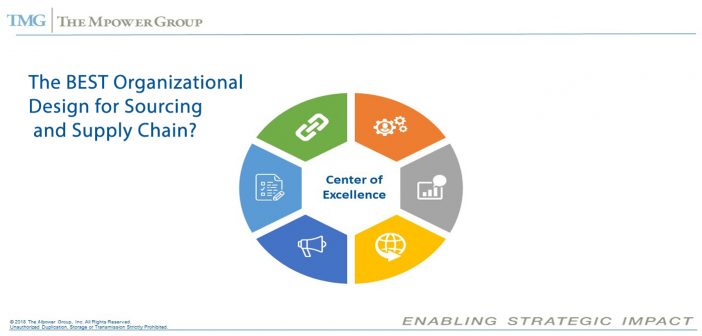If I had a nickel for every time I’ve been asked that question, I’d be richer than the lottery winner in South Carolina!! The correct answer is – It depends. Or it really doesn’t matter what the design looks like – it’s whether it’s Adopted or not. The BEST design is one that delivers Value to the stakeholders and there is a disciplined process to help you determine that design. We spend so much time paying attention to the boxes and titles that we lose sight of what we are really trying to accomplish – developing a structure that allows us to meet our goals in an efficient and collaborative way. Organizational Design should not be an exercise in “boxology”; rather an attempt to organize your talent to leverage their skills and competencies to maximize effectiveness. In other words, it’s more important to define what happens between the boxes than drawing the perfect picture.
The Procurement function is unique because we function as a shared service that may play different roles in different categories. We may centralize certain areas of spend like office suppliers / equipment, may decentralize / consult on other categories like HR and may create a Center-led model for areas of spend like Information Technology. How do you decide? Here’s a sneak peek and for a for a full-blown discussion of this super-secret sauce and how your peers are doing it, make sure you join us on Nov 7th at……. There are a limited number of slots still available!!
It all starts with knowing where you’re going so that you know when you get there. Understanding the corporate vision and determining your function’s vision, strategic objectives, stakeholders etc. etc. is absolutely critical. The more time and effort you invest in this phase, the higher(dramatically) your chances of success. The most common mistake is to short change this step and focus on putting the darn charts and boxes together. Please remember that Context always trumps Content and what’s in the grey shaded box in the middle is all Content.
The next important area is marked AEIOU or the Accelerators and Enablers. Again, these are what impact the Context and are therefore critical. By focusing on these, you can actually afford to make some mistakes in the boxes and titles and get away with it. Without these, even the perfectly designed organization will fail. And then of course, having and executing a blueprint or a roadmap ensures that the brilliant organization that you just designed is actually implemented and adopted. My obvious message is that the critical areas to focus on are actually outside the grey shaded box. It’s no different then designing the perfect process with the perfect number of chevrons and then letting is sit there as visio charts buried in a folder on someone’s drive.
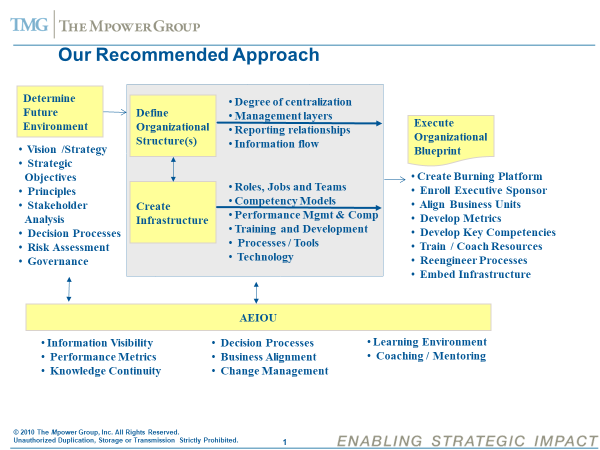
Of course, the shaded box is also important and there are many issues to consider while putting the design together. These are some that we will discuss during the workshop:
- Centralization
- Work Units
- Management Layers and Hierarchies
- Information Flows
- Decision Making Flows
With the last one being one that is often ignored and yet a source of the most friction. Decisions processes don’t follow boxes and lines on organizational charts and that is why governance models become critical. Here for example are things that you will need to consider for the Layers and Hierarchies discussion.
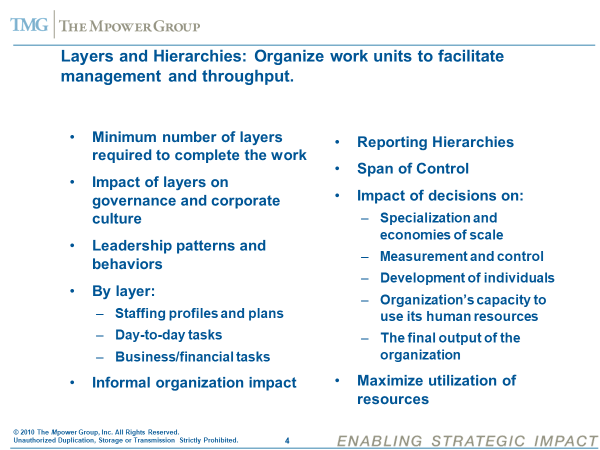
And here is what the end product may look like…
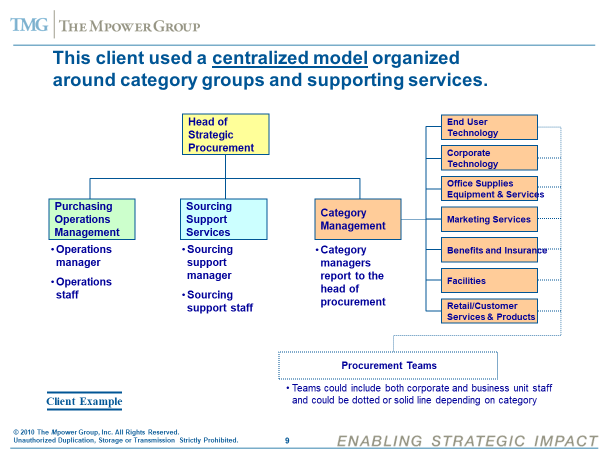
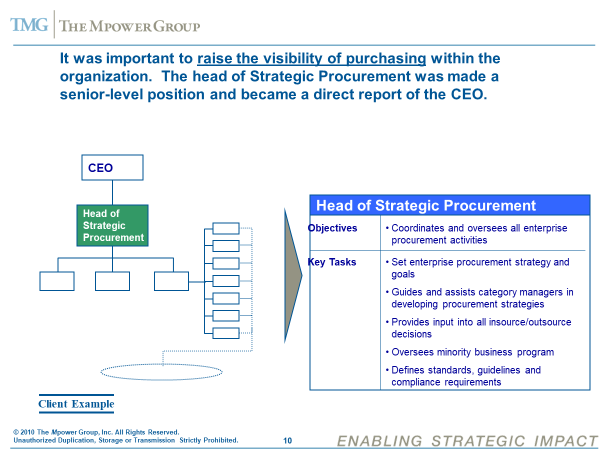
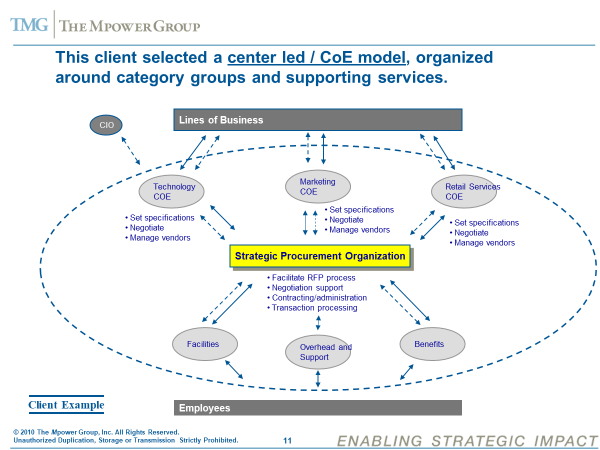
Join us for a lively discussion on Next Practices as it relates to deploying the best darn organization design for YOU. It may be the best ROI on your time.

